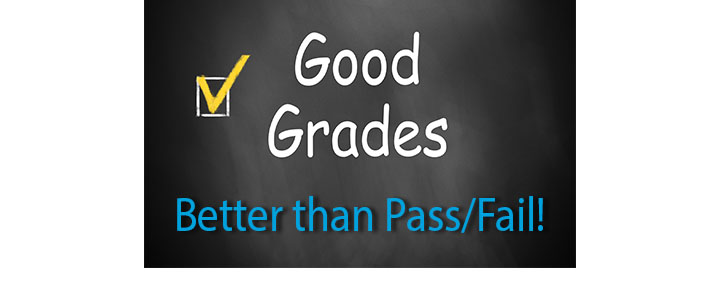
School choices for students K-12 may seem dismal when you consider online zoom classes vs on-campus classes. Staring at a computer for 6 hours with 30 students and asynchronous sessions produced a decline in academic performance. But sitting in classes with some unvaccinated teachers and students sounds dangerous.
Back in March 2020 when COVID first surfaced, we thought our kids were going to have 2 weeks of online classes and stay-at-home orders for parents, and then we’d all be back in classes and back to our offices. Nope. Two weeks turned into 4 weeks, which turned into 6 months, which turned into a year, and now we’re coming up on the 2-year anniversary in March 2022.
Meanwhile, by all counts, student scores have rescinded since 2019. Thirty students simply don’t engage with the teacher and one another in a virtual class. Student absences in on-campus classes is 30% lower than 2019. So kids aren’t engaged in online classes and many students don’t go to school because they’re sick or they’re worried that they may become sick.
Some Bay Area families are opting for independent study programs as an alternative to on-campus instruction. In California, students must be enrolled in a public or private school where they can be monitored by the state. So homeschoolers work with public or private schools by enrolling in independent study programs – making it a win-win situation for students and schools. Students get to stay home and schools continue to get their ADA (average daily attendance) moneys.
At Merit Academy, for instance, we provide the teacher and the curriculum so the student can stay at home and learn from a real teacher. With just one student in the class, we tailor the instruction to ensure that every student is engaged and challenged.
Just like COVID broke the notion that everyone needs to work in the office, we now know that students can learn in many different structures. The concept of school classrooms is changing.


